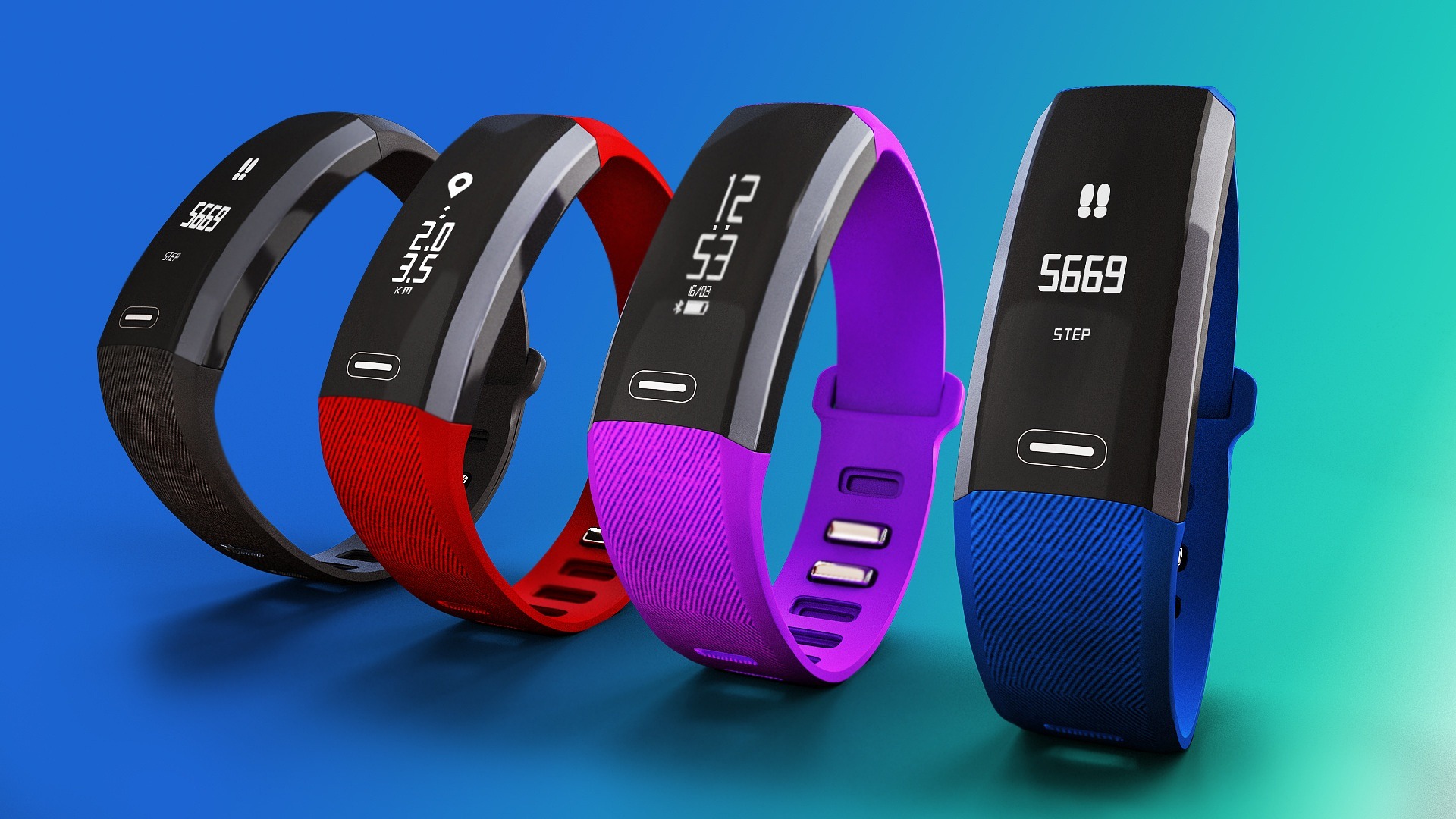"Decoding the Mystery: The Emergence of Biometric Authentication in Everyday Tech"
In an era where personal data is as valuable as gold, tech companies are in a race to offer us the most secure and convenient solutions to protect our digital persona. The rising star of this movement is biometric authentication, a security measure that utilizes our unique biological characteristics. Let’s dive into the evolution of this technology and see how it shapes our lives today.

The Dawn of Biometric Authentication
The concept of biometric authentication is not new. It dates back to the 19th century when French criminologist Alphonse Bertillon introduced a system of identifying criminals based on physical measurements. Fast forward to the 21st century; biometric authentication has evolved from a crime-solving tool into a widespread technology that offers a seamless and secure method of verifying identities.
The Modern Age of Biometrics
In the last decade, biometric authentication has seeped into our everyday lives. It started with the introduction of fingerprint scanners in smartphones, forever changing the way we unlock our devices. Next came facial recognition, a technology that sparked debates on privacy but nevertheless became a staple feature in high-end phones. Even voice recognition systems have made their way into our homes through smart speakers, proving that biometrics is not restricted to visual data.
The Power of Biometrics in Everyday Tech
Biometric authentication has far-reaching implications beyond unlocking our smartphones. It is now being used in mobile payments, airport security, and even voting systems, making it an essential part of our digital lives. The appeal of this technology lies in its ability to combine convenience with security. It’s easier and faster to use your face or fingerprint than remembering a complex password. And since your biometric data is unique to you, it’s also harder for someone else to fake it.
The Price of Security
While biometric authentication brings convenience and security, it also comes with a price. High-end smartphones with advanced biometric features can cost up to $1,000. However, as the technology becomes more prevalent, it’s likely that prices will drop, making biometric security accessible to a wider range of consumers.
The Future of Biometric Authentication
As technology continues to advance, we can expect more sophisticated and diverse forms of biometric authentication. Researchers are already exploring newer biometrics such as iris and vein recognition, and even behavioral biometrics, which analyze the unique way you type, swipe or move your mouse. As we embrace this technology, it’s crucial that we also understand its potential risks and ensure that our personal data is protected in the best possible way.
Biometric authentication is no longer science fiction. It’s a reality that’s quickly transforming the way we interact with technology. As we move towards a future where our body becomes the key to our digital identity, we must stay vigilant and ensure that convenience does not compromise our privacy.




